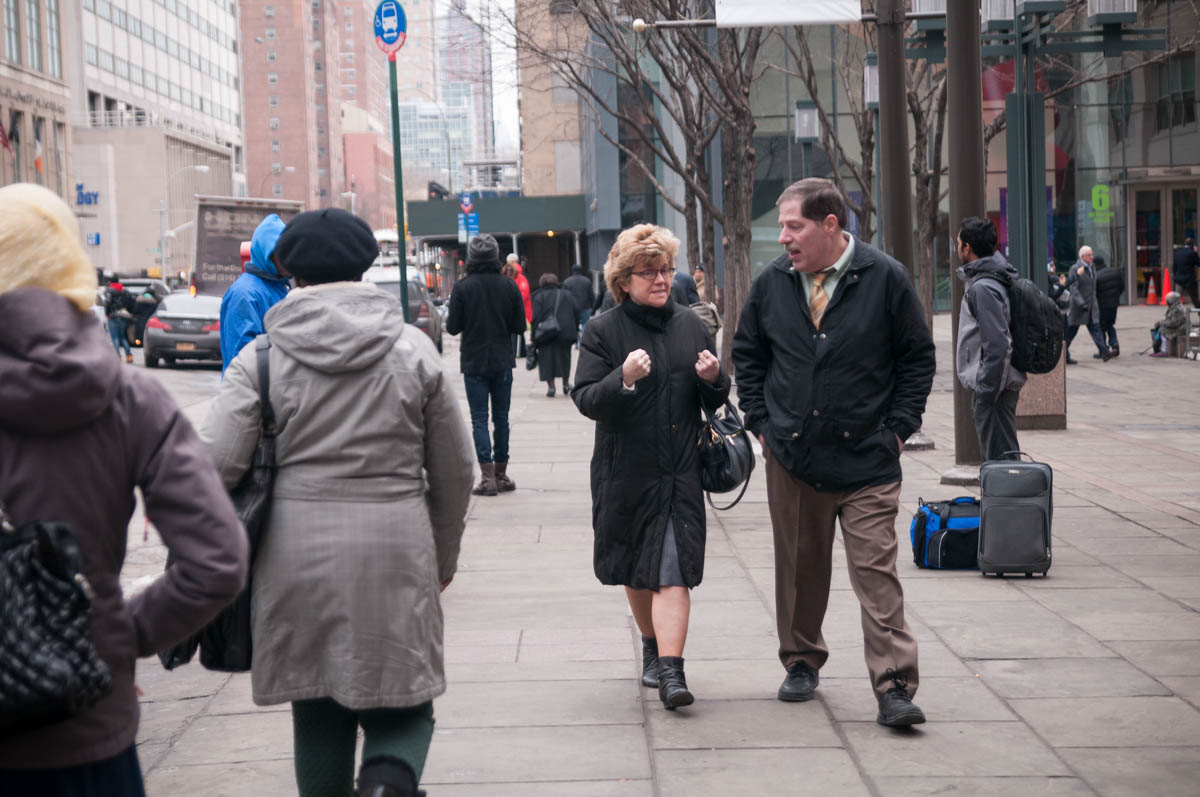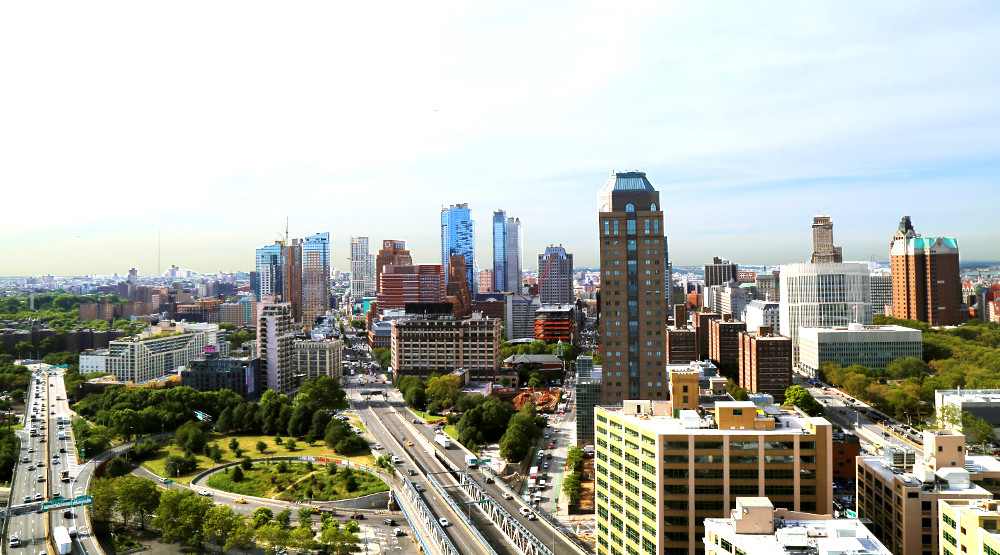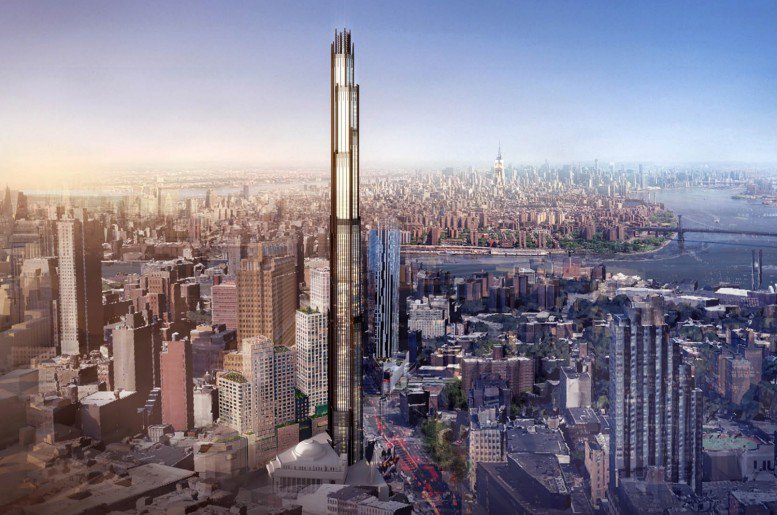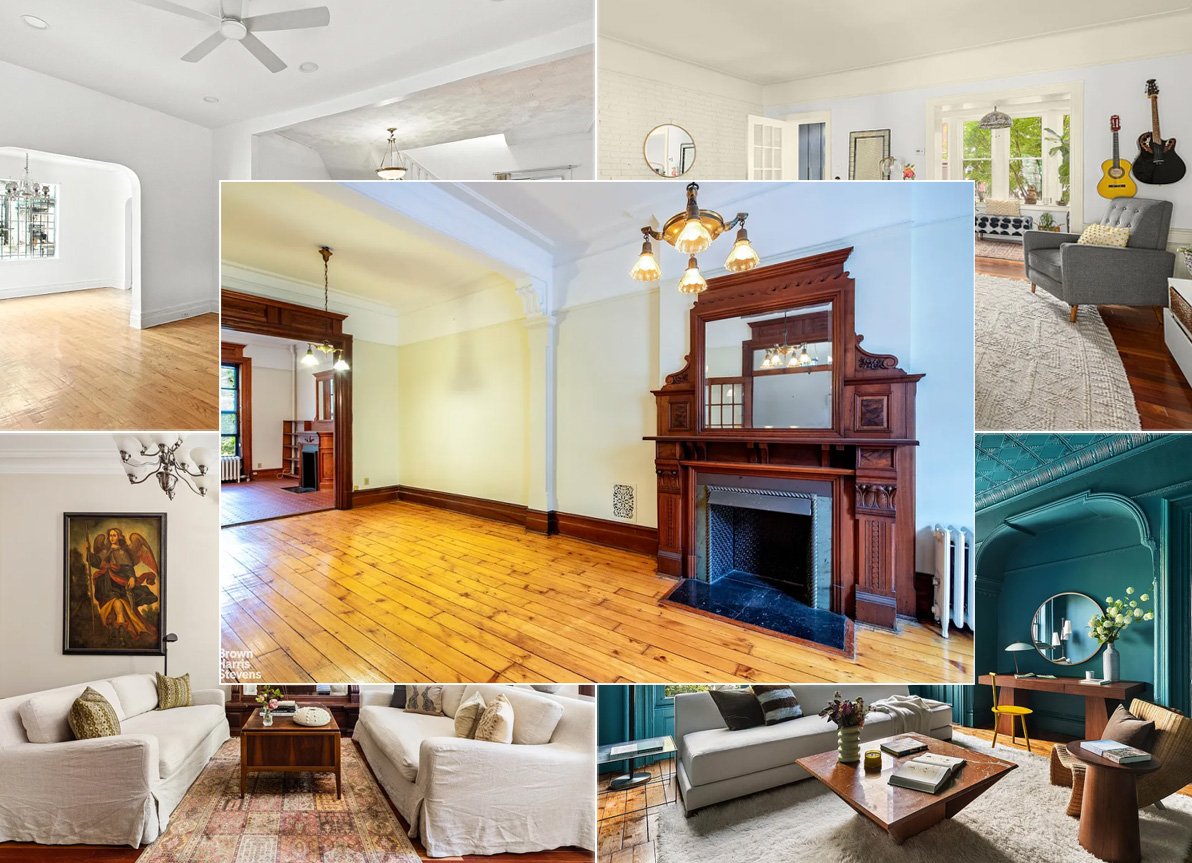Report: Residential Growing Pains Are Straining Downtown Brooklyn's Infrastructure
Downtown Brooklyn’s recent residential explosion — while bringing activity and economic growth to the area — wasn’t the intended result of the nabe’s 2004 rezoning. Measures that were meant to turn the area into an office mecca are instead transforming it into a land of luxe condos and rentals. With a new report released this week,…

Downtown Brooklyn’s recent residential explosion — while bringing activity and economic growth to the area — wasn’t the intended result of the nabe’s 2004 rezoning. Measures that were meant to turn the area into an office mecca are instead transforming it into a land of luxe condos and rentals.
With a new report released this week, Borough President Eric Adams addresses the neighborhood’s unanticipated needs and what the city can do to for its infrastructure and mixed-use future.
In his report — “A Decade Later in Downtown Brooklyn” — Adams analyzed the impact of the Bloomberg Administration’s 2004 Downtown Brooklyn rezoning plan on the neighborhood, addressing the unintended result of residential development outpacing commercial building.
“In many ways the [2004] rezoning was a success,” Adams writes in the report, “[but] unfortunately, much of the premise for the rezoning has not been met, namely making Downtown Brooklyn a 21st-century business and commercial district.”

Indeed, while the 2004 rezoning anticipated the construction of 4.6 million square feet of office space and 979 units of housing, 12 years later more than 11,000 units of housing — including 530 affordable homes — have been constructed and only 1.3 million square feet of commercial property have been developed.
For a multitude of reasons, according to Adams, these results are positive. The residential units help address the city’s current housing crisis, according to the report. (It’s worth noting some critics have in the past disputed this, claiming luxury developments have replaced rent-stabilized housing.)
The plan also resulted in the leveraging of $400 million in public funding, as well as $4 billion from the private sector. And in general, the rezoning primed the area for investment and development, according to the report.

Despite the longterm benefits of Downtown’s housing boom, the area’s current infrastructure is suffering growing pains due to its sudden residential expansion. Adams offers a series of suggestions for necessary improvements to area transit and institutions.
According to Adams’ report, subway ridership has grown 6 percent faster in the Downtown area than it has in the rest of the borough — an increase of 37,000 trips to neighborhood stations — straining the system at all hours of the day. As well, school attendance in the area has increased, putting some public institutions far above enrollment capacity and leading to Adams’ recent call for addition seats for the area.
In response to these ongoing strains on area infrastructure, Adams suggests additional transit investment, safer pedestrian and cycling connections, and improved access to health care facilities, among other things. For his complete list of recommendations, see the full report.

Related Stories
Long-Awaited Downtown Tower on Albee Square Will Be Offices
Behold the Vast DeKalb Market Hall, Turning Downtown Brooklyn Into a Foodie Destination
Everything You Need to Know About Brooklyn’s Future Tallest Building
Email tips@brownstoner.com with further comments, questions or tips. Follow Brownstoner on Twitter and Instagram, and like us on Facebook.
[sc:daily-email-signup ]




What's Your Take? Leave a Comment